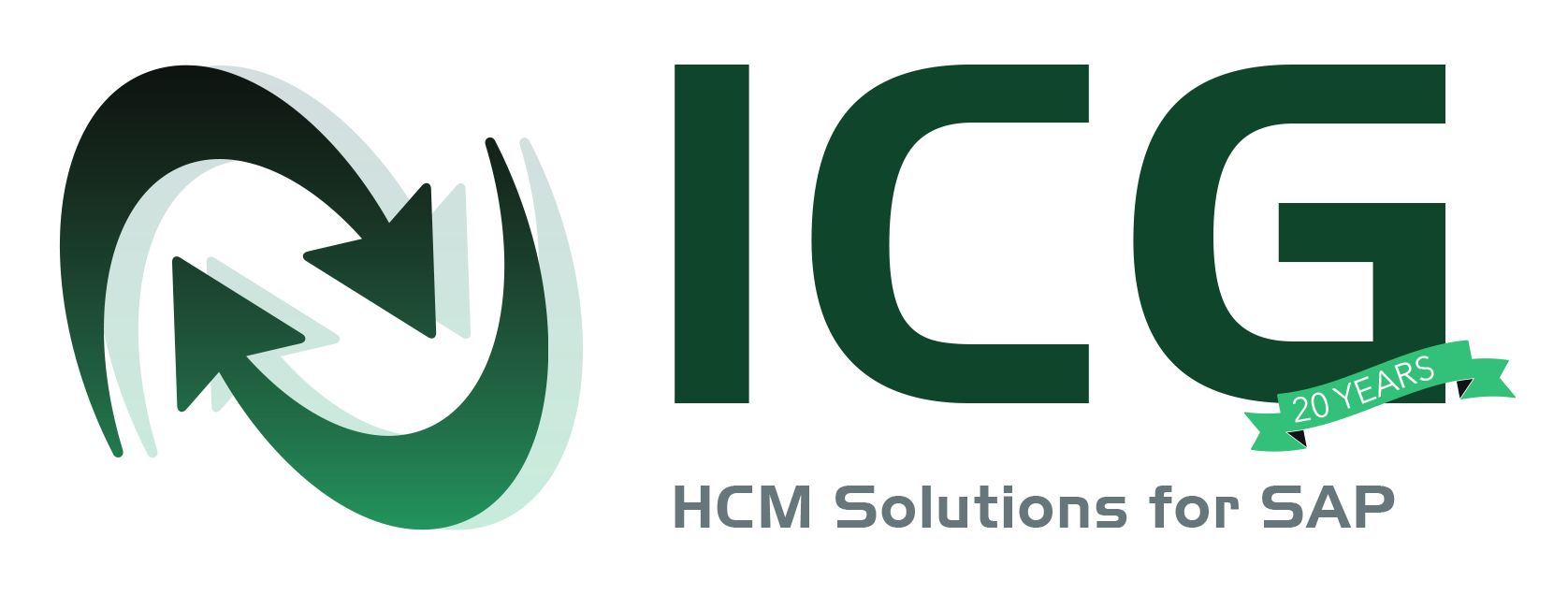We are all familiar with the fact that there are many components that must be in proper working order for the payroll process to result successfully. Each component is a risk point in the payroll process and mitigation of that risk is necessary. Some components are outside of the payroll department control and result is a dependency on other areas that may not always consider payroll requirements.
Payroll processes combines data from several sources including:
- SAP System
- HRSPs (HR Support Packs)
- Configuration (custom and delivered)
- HR Master Data
- Employee actions
- Individual Infotypes
- Time data
- Time entry and approval
- Time evaluation
Upgrades and HRSPs are a fact of life but tend to be difficult for some support organizations to accept, especially if their SAP module is stable and not needing any updates.
Payroll requires HRSPs be installed for legal compliance or changes to underlying program logic. A thorough test plan should be put in place and be repeatable since this will be done at least once a year.
You can take some other practical steps to avoid proble ms at the configuration stage:
- Make configuration a priority – resolve problems in a timely manner. This means providing SLAs (service level agreements) for internal and external support, end user testing to facilitate the process and keep things moving, and adequate resourcing of support and user acceptance testing.
- Document any configuration changes during implementation and ongoing support. Turnover and memory fading happen! Having documentation that can be reviewed and understood will help when determining why decisions were made the way they were made.
- Add negative testing to the plan. Unintended consequences of making a change can easily happen if the whole picture is not understood or it has been a while since the area of configuration had last been visited.
Companies seem to have an easier time with change when they have built a strong training and documentation structure. Subject master experts (SMEs) will understand their business process and also be familiar with business processes that utilize payroll data. Documentation is also very important to a SME – especially when processes are run infrequently.
Finally, go beyond training employees only for their specific tasks. Taking a holistic approach will give an employee a perspective of where and how they fit in the organization and the overall processes. Employees will better understand timelines, but they may even identify methods of better efficiency, use the right tool for the job, and they’ll know how or who to contact to resolve issues that may occur.
Managing payroll successfully requires juggling various components and keeping them working in proper order.
But it’s not j ust a technical juggling act. Every payroll team needs to keep focus on some process basics: repeatable testing plans, documentation of requirements and configuration, and a strong training structure that can reduce costs when changes are needed.
Read the ILN blog at Insider Learning Network | Payroll Configuration: Reduce payroll risk of upgrades, support packs, and configuration changes
